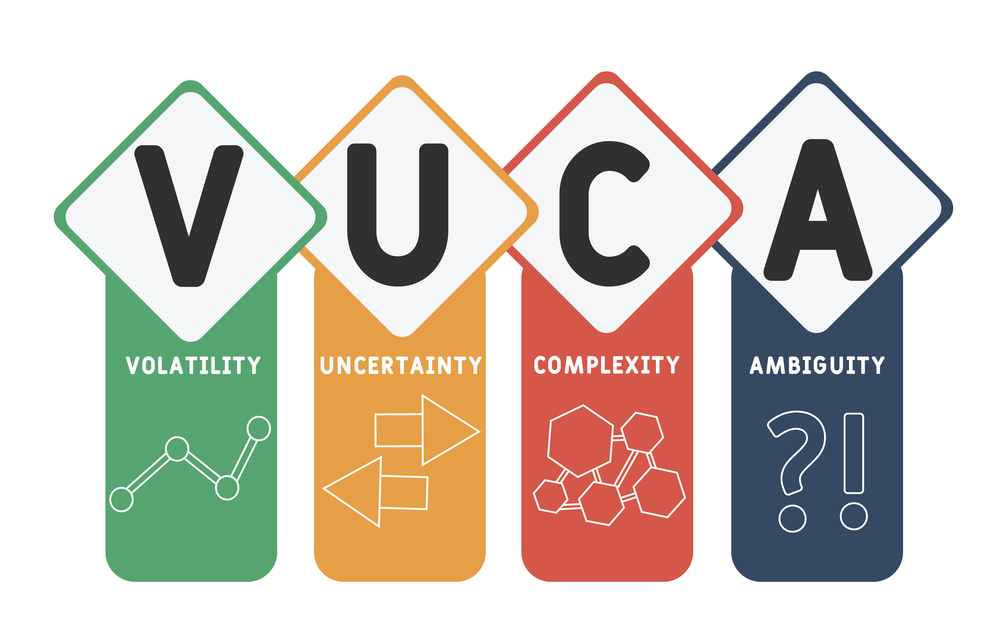 In the ever-evolving landscape of work, the seismic shift toward hybrid and remote arrangements has sparked a multitude of discussions and debates. One hotly debated topic revolves around the impact of these flexible work structures on women’s ambition.
In the ever-evolving landscape of work, the seismic shift toward hybrid and remote arrangements has sparked a multitude of discussions and debates. One hotly debated topic revolves around the impact of these flexible work structures on women’s ambition.
Are these modern and innovative ways of working empowering women to reach new heights in their careers, or are they inadvertently creating barriers that stifle ambition?
The “glass ceiling” is often held responsible for impeding women’s progress toward senior leadership roles in the workplace. Nevertheless, new research brings attention to deeper-rooted issues beyond this barrier.
The Women and the Workplace 2023 report from McKinsey & Company focuses on dispelling four of the biggest misconceptions about women’s workplace experiences and career progression. Among these is the misperception that commitment and ambition are intrinsically tied to physical presence in the office.
Understanding the Glass Ceiling
The “glass ceiling” is what’s considered an invisible, often unspoken barrier that limits the career advancement of women (and other groups) in the workplace. It reflects the idea that, while women may be able to see the upper echelons of their organizations, they often face obstacles that prevent them from reaching those positions.
 Despite a positive trend in senior leadership positions, women still face underrepresentation. According to McKinsey 2023, although the percentage of women in the C-suite has risen 65 percent since 2015, they still only represent 28 percent of senior leadership. For women of colour, the numbers are even more startling; they make up just six percent of C-suite leaders and seven percent of VP & SVP positions.
Despite a positive trend in senior leadership positions, women still face underrepresentation. According to McKinsey 2023, although the percentage of women in the C-suite has risen 65 percent since 2015, they still only represent 28 percent of senior leadership. For women of colour, the numbers are even more startling; they make up just six percent of C-suite leaders and seven percent of VP & SVP positions.
The significance of acknowledging the glass ceiling cannot be overstated. By recognizing the existence of this invisible yet formidable barrier, we take a critical step in addressing the systemic challenges that hinder women’s career progression.
Unmasking Hidden Career Obstacles
While the glass ceiling may represent the final rung of senior leadership in a woman’s career path, it’s important to recognize that significant setbacks and challenges emerge much earlier in their career journey.
 The McKinsey report offers a more nuanced evaluation of the “glass ceiling” concept by referring to “broken rungs” of the career progression ladder before women ever reach senior leadership. The “broken rungs” that impact women’s career progression from entry-level to upper levels can include gender stereotypes that affect hiring decisions, workplace cultures that may be less inclusive to women, and expectations related to family and childcare responsibilities that can hinder career progression. For women in their 40s and beyond, another barrier that’s rarely discussed openly is the consequences associated with unmanaged symptoms of perimenopause and menopause.
The McKinsey report offers a more nuanced evaluation of the “glass ceiling” concept by referring to “broken rungs” of the career progression ladder before women ever reach senior leadership. The “broken rungs” that impact women’s career progression from entry-level to upper levels can include gender stereotypes that affect hiring decisions, workplace cultures that may be less inclusive to women, and expectations related to family and childcare responsibilities that can hinder career progression. For women in their 40s and beyond, another barrier that’s rarely discussed openly is the consequences associated with unmanaged symptoms of perimenopause and menopause.
Gender stereotypes in the workplace can contribute to the perception of women as being less ambitious or capable of reaching leadership positions. Women are expected much more than men to prioritize family and caregiving responsibilities over their careers. Women who are mothers may face biases that they are less committed to their careers and more focused on their families, while men who are fathers face no such scrutiny.
Certainly, women who are opting for hybrid or remote work arrangements are unjustly accused of possessing less ambition and dedication compared to their in-office counterparts. In reality, many are leveraging remote setups to eliminate workplace distractions and interruptions. They’ve opted to focus on work rather than deal with the toxic office environments of exclusion, microaggressions, and a general feeling of not being fully welcomed or valued –not to mention the challenges of gruelling or inconvenient commutes.
The Myth of Ambitious Women
The McKinsey report takes a direct approach to dispel prevailing myths surrounding women and ambition in the professional sphere.
On the one hand, women are stereotyped as less ambitious than men, and that female ambition has declined since the pandemic. On the other hand, women who exhibit assertive or ambitious behaviour may be perceived as less likable, while men displaying the same traits are often viewed as strong and competent. This can discourage women from being assertive and ambitious to avoid being seen negatively. Instead of being their true selves, they’re covering at work because of real or perceived workplace expectations.
 But this can also exacerbate myths surrounding whether women are seen as effective leaders. Traditional — some might say stereotypical or outdated — leadership styles are often associated with assertiveness and competitiveness, traits that are often seen as masculine. Women who don’t conform to these stereotypes may be seen as less ambitious, less confident, and less suitable for leadership roles.
But this can also exacerbate myths surrounding whether women are seen as effective leaders. Traditional — some might say stereotypical or outdated — leadership styles are often associated with assertiveness and competitiveness, traits that are often seen as masculine. Women who don’t conform to these stereotypes may be seen as less ambitious, less confident, and less suitable for leadership roles.
The McKinsey study shows women are equally as ambitious as men when it comes to pursuing their career goals and leadership positions. Furthermore, the pandemic and the rise in flexibility did not diminish women’s aspirations. According to McKinsey, 80 percent of women express a desire for promotion to the next level in 2023, compared to 70 percent reported in 2019 – numbers that are similar to their male colleagues.
According to McKinsey, women of colour exhibit remarkable ambition. A staggering 96 percent expressed the significance of their careers, and 88 percent expressed a desire for advancement to the next level.
Dispelling the Myths and Acknowledging the Barriers
Ambition is not limited by gender or race but is a universal trait that thrives in men and women of all backgrounds. Despite the stereotypes, women and racialized people are just as driven, determined, and enthusiastic about their professional growth and achievements. They set high standards, work tirelessly to reach their objectives and demonstrate resilience in the face of challenges.
 The “glass ceiling” is more than just a figure of speech; it reflects the real challenges and barriers that many women face in their professional journeys. Yet, recent research has shed new light on a deeper-rooted issue that women experience—setbacks that occur at each step of the ladder.
The “glass ceiling” is more than just a figure of speech; it reflects the real challenges and barriers that many women face in their professional journeys. Yet, recent research has shed new light on a deeper-rooted issue that women experience—setbacks that occur at each step of the ladder.
Acknowledging the glass ceiling validates the experiences of countless women who have faced discrimination, bias, and unequal opportunities in the workplace. It sparks essential conversations about equality and diversity. It prompts organizations and institutions to implement policies and practices that promote inclusivity and provide opportunities for women to break through these barriers.
Did this article spark any career-related questions, plans or concerns?
Reach out today for a free and confidential initial consultation by phone, email, or via direct message on X, Facebook or LinkedIn.
P.S. If you haven’t yet done so, stay in the loop by subscribing to my bi-monthly newsletter. Click here. I promise not to spam, and your email address will always stay private.
If you enjoyed this topic or are interested in ongoing professional and leadership development, you’ll also enjoy reading or listening to How to Be Resilient in Your Career: Facing up to Barriers at Work, my book that was published in February 2023 by Routledge. It’s available in print, as an eBook, and on Audible.
More than career coaching, it’s career psychology®.
I/O Advisory Services Inc. – Building Resilient Careers and Organizations TM.



